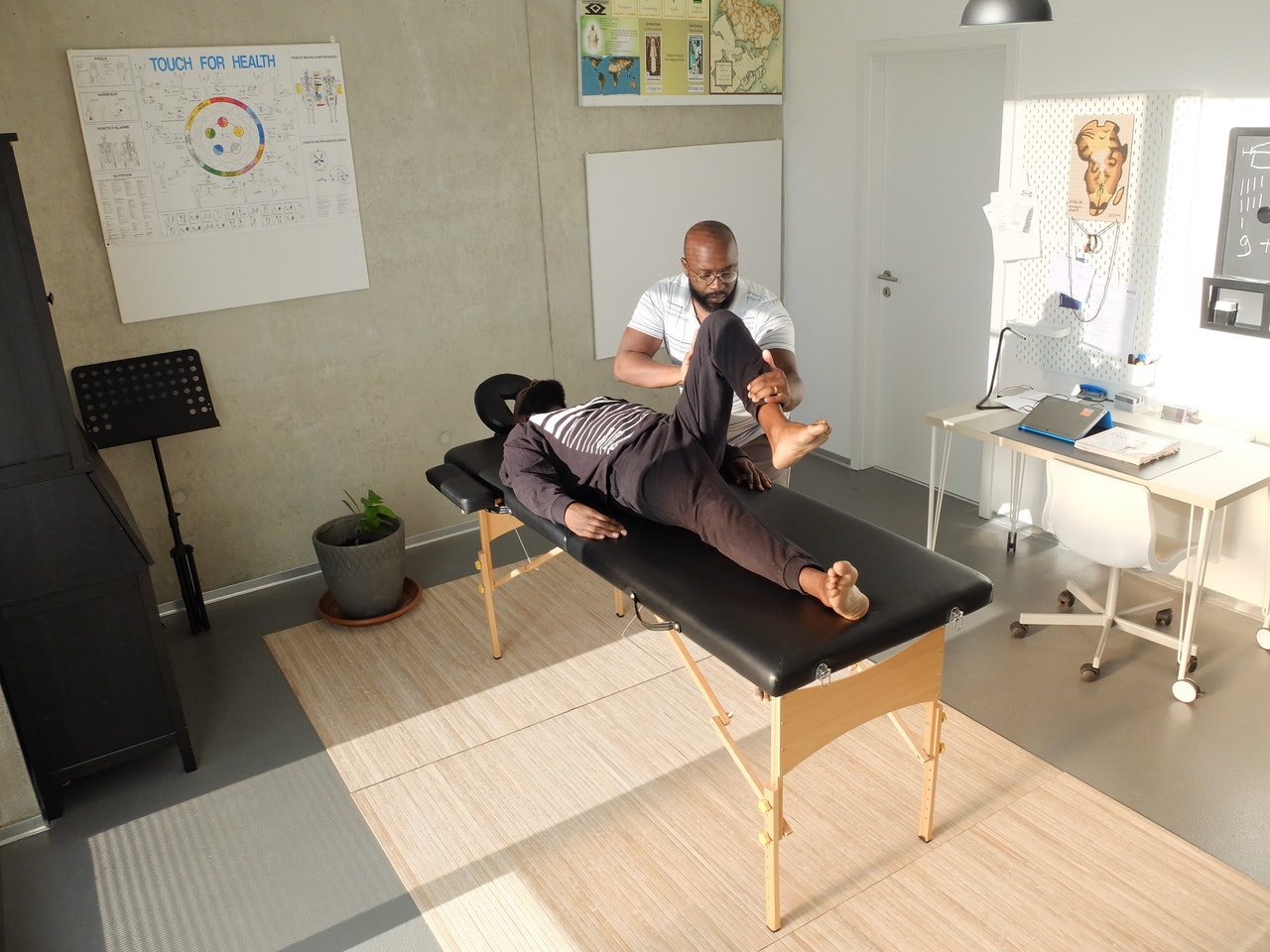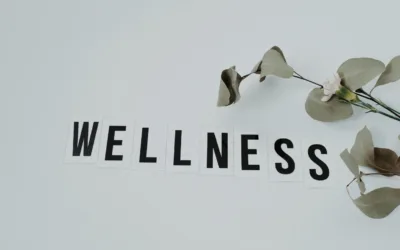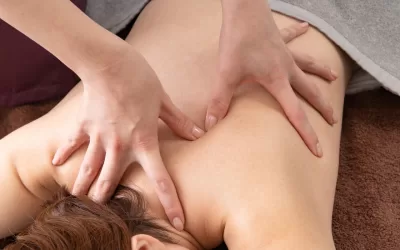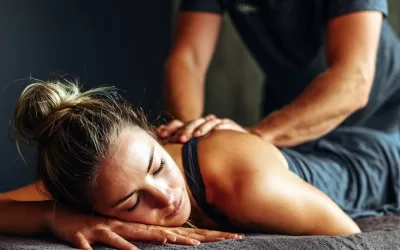
The joy of sports massages is that it is not like other, more traditional massages. While at other massages one goes in, and the massage is already predetermined, sports massages are meant to specifically cater to whomever is receiving it. The number of times ones would need to have a sports massage performed on them also depends on whomever is receiving the massage. Are you a professional athlete going to 6 hours of practice a day? Are you a weekend warrior, trying to stay in shape with intense workouts but just on the weekends? Or are you a casual athlete, just trying to stay in enough shape so you can feel confident doing daily activities? No matter your personal goals, the sports massage can help you!
Before getting a massage, it is important to open the lines of communication. Telling your therapist what your goals are will be important. Since this type of massage is so versatile, a one size fits all approach is not going to work. If you assume that your therapist will know exactly what you are looking for based on your body type, what kind of shape you’re in, etc. would be a mistake. As with all healthcare facilities, it is crucial to keep communication open and honest. Before you go in to have a massage done, make sure that you have communicated with the therapist themselves. While they might have asked you before you came in what your goals are, more than likely it was written down by support staff. Was it seen specifically by your therapist, though? Make sure, especially if you are doing this for the first time, to greet your therapist when they come in and go over what you are trying to achieve, in regards to your physical activity and health. This will also help them plan for your massage plan as well (how often you will be needed massages).
The next thing to consider will be what to wear to a massage. In the movies it seems that people are almost always without clothes. Is that an accurate representation of how your massage will be? It will partly depend on your therapist, but most of them will look to you. Again, it will mostly depend on what you are trying to achieve, and what you will be comfortable with. If you are going in as a more casual athlete and just want more of a through stretch, then loose fitting clothes is fine. However if you are a professional athlete and need to have those tendons really dug at, then you might need to use the sheet, since clothes will affect the depth at which the therapist will be able to reach.
Frequently Asked Questions about Sports Massage Preparation &Benefits
1. How often should you get a sports massage?
The frequency of sports massages depends on your activity level. Professional athletes who train intensely may benefit from weekly sessions, while casual athletes might find that a massage once a month is sufficient. Weekend warriors might prefer bi-weekly massages to keep muscles flexible and reduce soreness. Consistent treatment can increase muscle performance by up to 30%.
2. What should I communicate to my massage therapist before a sports massage?
It’s essential to be clear about your goals before the session. Discuss your fitness routine, any areas of tension, and your desired outcomes. Effective communication ensures that the therapist tailors the massage to your specific needs, which can significantly enhance your overall experience and recovery time.
3. Is it necessary to have a plan for sports massages?
Yes, planning your sports massages around your training schedule can yield the best results. Athletes in training may need regular sessions to maintain flexibility and prevent injuries, while those recovering from injuries might require more targeted treatments. Regular planning can reduce injury risk by up to 50%, ensuring that massages complement your fitness routine.
4. Should you wear clothing during a sports massage?
What to wear during a sports massage depends on your comfort level and treatment needs. Loose-fitting clothing is suitable for general relaxation and stretching. For deep tissue work, using only a sheet allows the therapist to apply more pressure, enhancing the effectiveness of the treatment. Choose attire that aligns with your massage goals.
5. Can a sports massage help casual athletes?
Absolutely! Sports massages aren’t just for elite athletes. Casual athletes can benefit from improved flexibility, reduced muscle stiffness, and quicker recovery times. Even a single session can increase range of motion by up to 20% and decrease muscle soreness, making daily activities easier and more enjoyable.
6. How can sports massages prevent injuries?
Sports massages help prevent injuries by addressing muscle tightness and improving flexibility. By targeting potential problem areas, like overworked muscles and tight tendons, massages enhance range of motion and reduce strain. Regular sessions can lower the risk of common sports injuries, such as strains and sprains, by up to 40%.
7. Why is communication important before a sports massage?
Communicating your expectations and physical condition with your therapist ensures that they tailor the session to your needs. Miscommunication can lead to ineffective treatments or discomfort. Research indicates that clients who actively discuss their goals experience a 25% higher satisfaction rate and faster recovery times.
8. What are the benefits of personalized sports massages?
Personalized sports massages are tailored to your unique needs, whether it’s muscle recovery, improved flexibility, or injury prevention. Studies show that custom massages can increase athletic performance by 15% and reduce post-exercise soreness by 30%. This individualized approach makes each session more effective.
9. What should you expect from your first sports massage?
During your first sports massage, expect the therapist to ask detailed questions about your fitness routine and problem areas. They might use a combination of techniques like deep tissue work or myofascial release based on your goals. Initial soreness is common but fades within 24-48 hours, leaving your muscles feeling refreshed.
10. How does massage attire affect the treatment?
Massage attire impacts how deep a therapist can work on your muscles. Loose clothing is ideal for general stretches, but tighter clothing can limit the depth of pressure. If deeper tissue work is needed, minimal clothing (covered by a sheet) allows therapists to reach deeper layers, maximizing treatment effectiveness.




